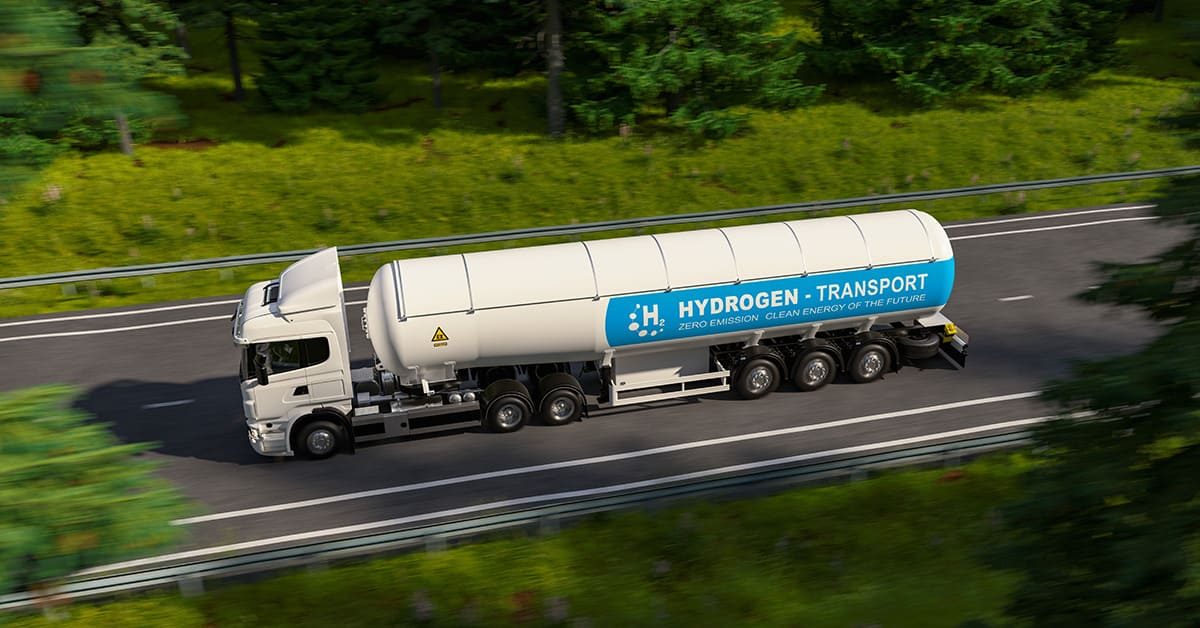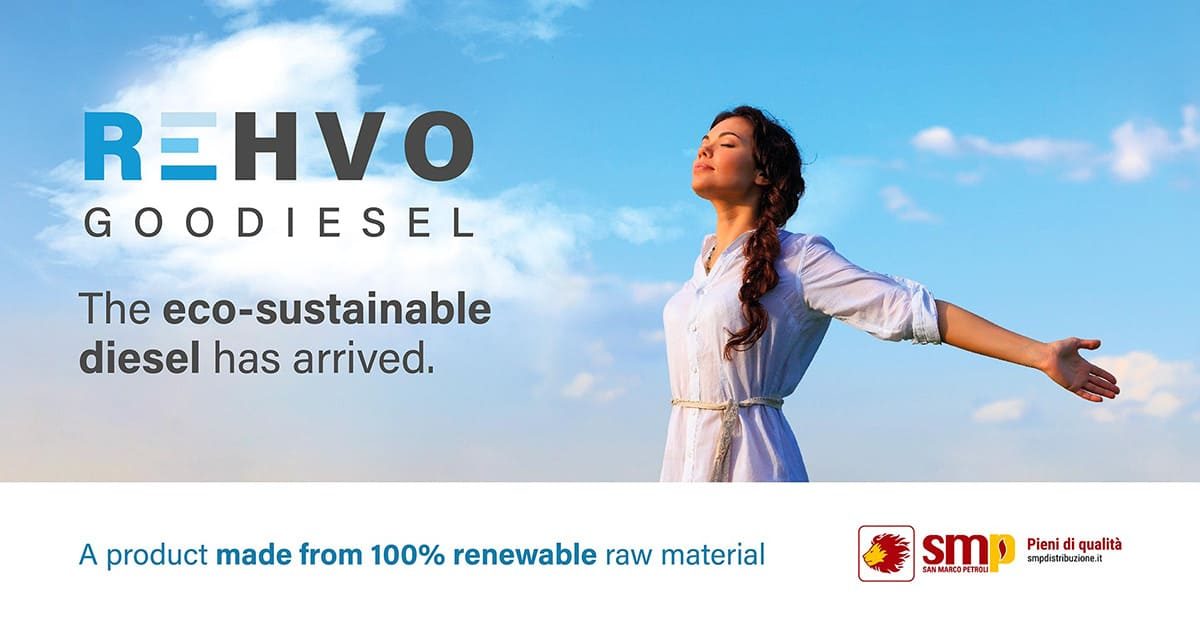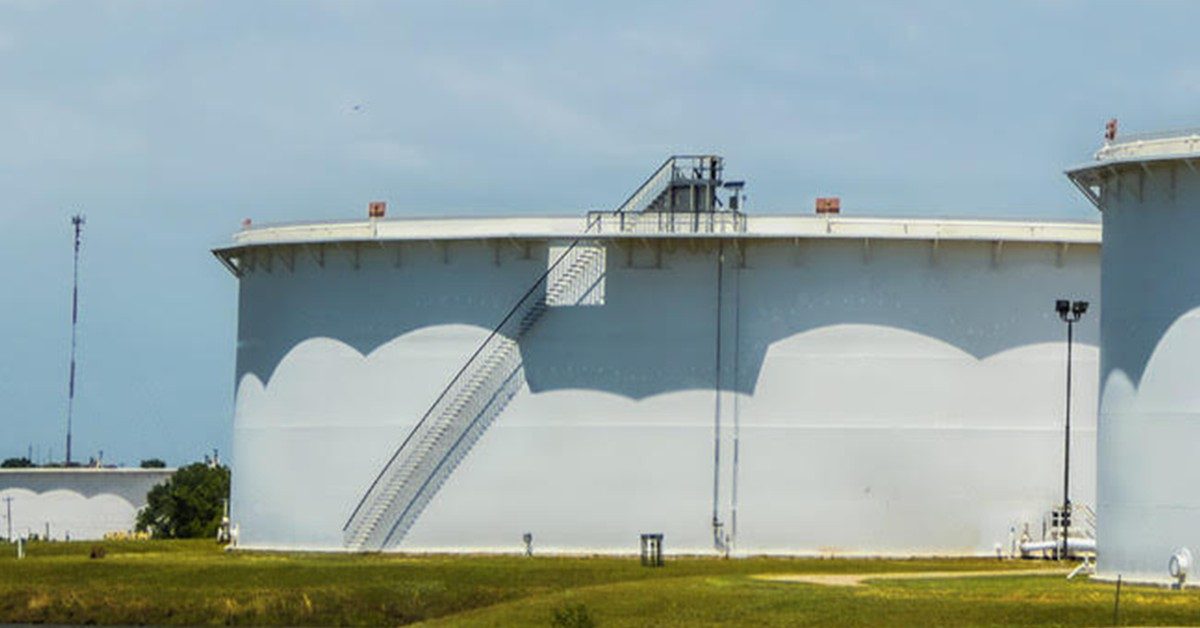The electronic DAS (Simplified Accompanying Document) became effective as of October 1, 2020.
The so-called “interconnected” parties, or rather those who are directly involved in the handling of fuels as issuers, are now responsible for electronically forwarding the document using a special online procedure provided by customs and in compliance with the stipulated conditions.
The main purpose of the automation of the DAS is to trace fuel flows circulating on national territory, obstruct excise duty tax evasion, prevent any other type of fraudulent activity and to speed up both the work of companies and control activity of their operators-
e-DAS procedure
San Marco Petroli, as operator of a commercial warehouse storing petroleum products and owner of a tax license, must comply with all e-DAS obligations and abide by specific procedures implemented by customs specified below:
- the shipper fills out and sends the draft e-DAS to the customs agency;
- once the verification has been performed, the system returns a file containing the outcome (either positive or negative) and, if successful, generates the respective Unique Code called SRC (Simplified Reference Code) and the glyph/QR code, allowing the shipper to extract the file in XML, a format containing the digitally signed e-DAS with the Agency’s signature. The SRC, the digital signature and the glyph (QR code) are equivalent to the current dry stamp required by art. 10, paragraph 2 of the D.M. n. 210/1996;
- the shipper can then print the e-DAS and deliver it to the carrier;
- a delivery receipt must be must be communicated to the system upon arrival of the goods at the destination indicated on the e-DAS.




